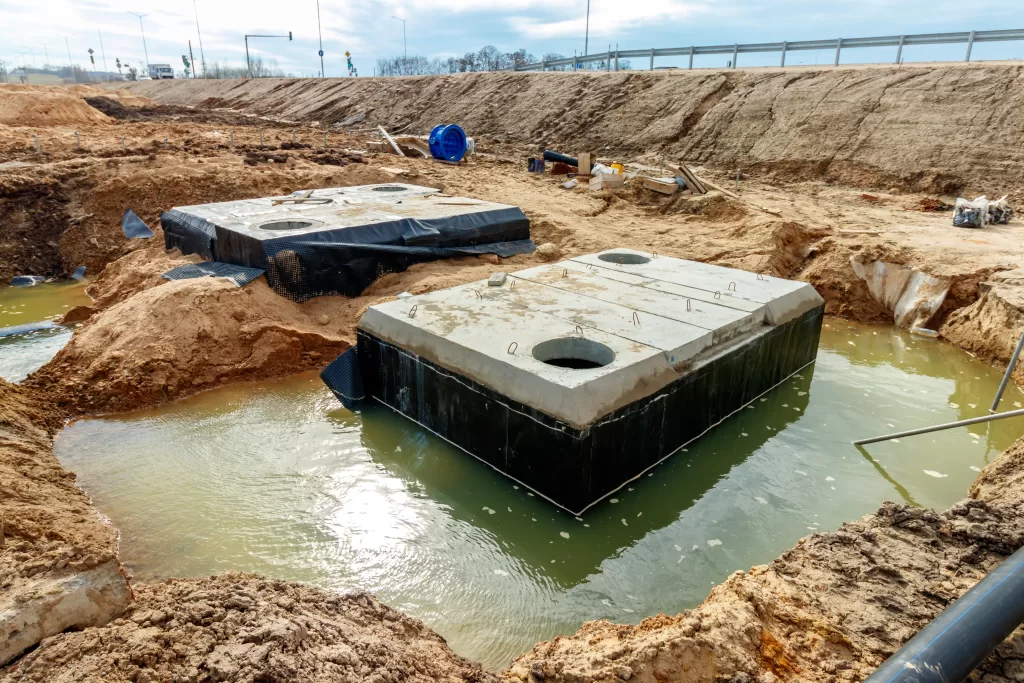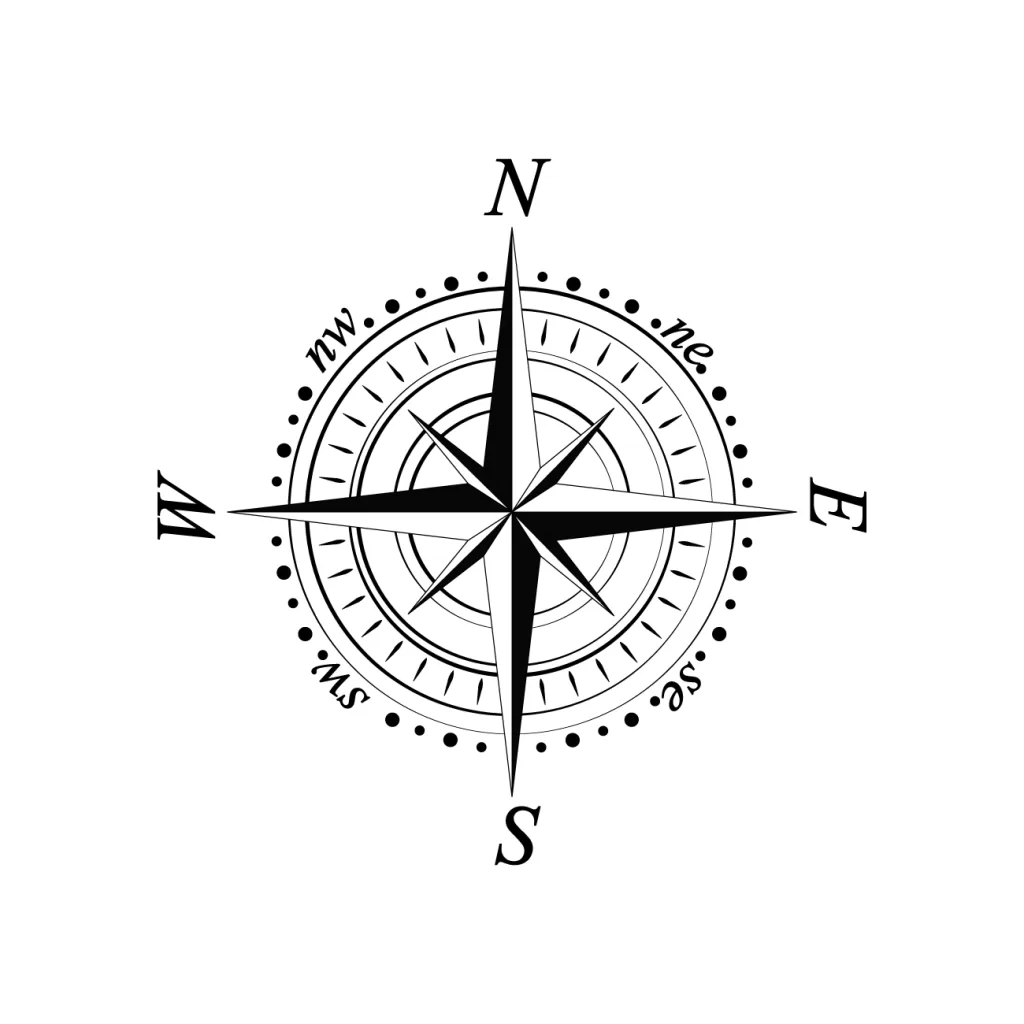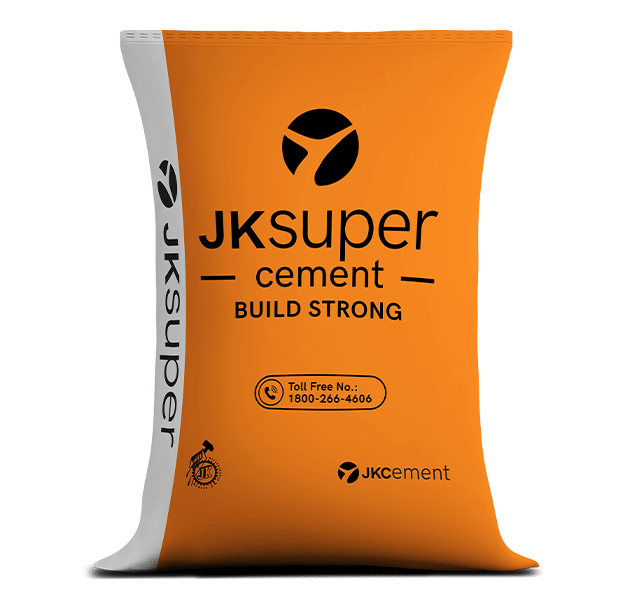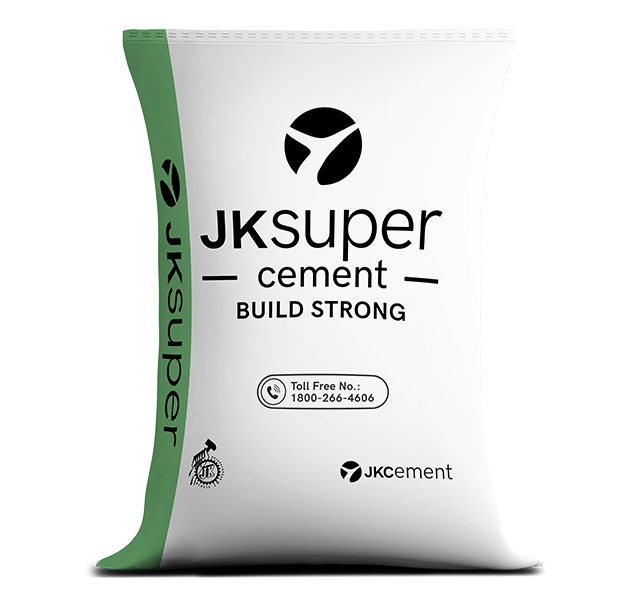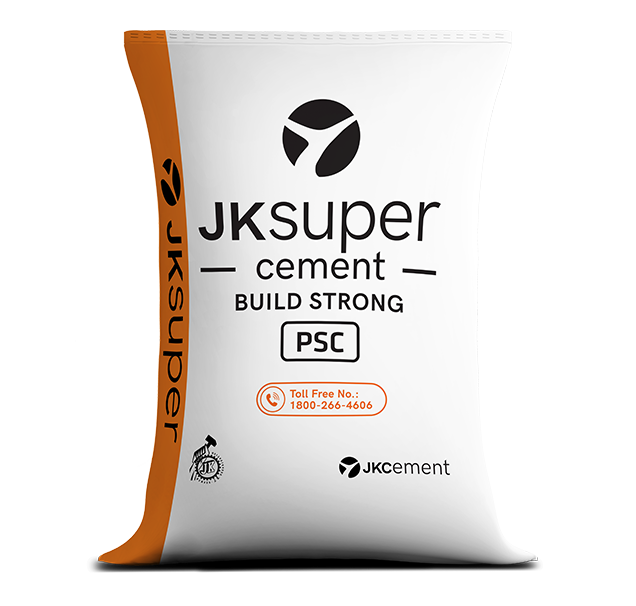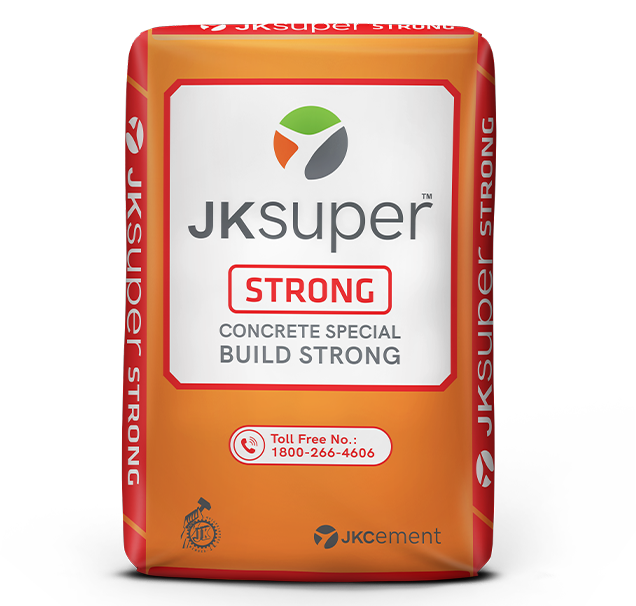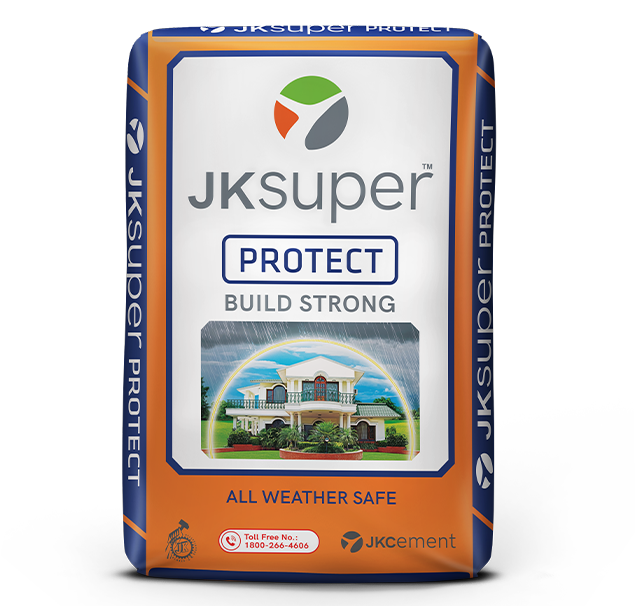Vastu Shastra is the ancient Indian science of architecture which has often been overlooked in modern construction practices. This neglect has led to a disconnect between living spaces and natural harmony. This results in disorder, stress and health issues. However, adhering to Vastu principles can transform homes and workplaces into spaces of peace, prosperity and well-being.
Even elements like septic tanks which are considered purely functional, hold significance in Vastu Shastra. Their placement, size and orientation can impact the energy and harmony of a household. This blog explores the principles related to septic tanks as per Vastu Shastra.
Importance of Septic Tank as per Vastu Shastra?
Septic tanks are primarily designed for foul sewage, such as faecal matter and urine. In Vastu Shastra, the placement of a septic tank vastu helps maintain harmony within the household by ensuring proper waste management. It is essential that every home is equipped with an efficient sewage treatment system. The effluent from the septic tank should undergo secondary treatment through systems like biological filters, anaerobic filters or sub-surface disposal methods. The key principle is that surface and subsoil water should not contaminate the septic tank.
Additionally, waste containing excessive detergents, grease or disinfectants should be avoided in septic tanks, as they hinder the natural anaerobic decomposition process. This holistic approach to septic tank management ensures a balance between waste disposal and environmental health.
Buy water-resistant cement from JK Cement and protect your home from moisture.
Importance of the Correct Septic Tank Direction as Per Vastu Shastra
Septic tank Vastu principles warn against placing septic tanks or water storage tanks directly in front of the main entrance, a practice known as “Kupvedh.” This placement is believed to bring misfortune and lead to a loss of wealth. For homes with diagonal plots, the septic tank or water storage tank should be positioned carefully to avoid being aligned with the entrance. This ensures that the flow of energy and prosperity is not blocked. Ultimately, adhering to septic tank Vastu is essential for the overall stability and positive energy in a home.
According to the septic tank Vastu, the southwest direction is considered an inauspicious location for the placement of any waste disposal systems. This direction is governed by the Nairuti (Putna demoness). It is believed to be a source of harmful energy. As per septic tank Vastu Shastra guidelines, this area should be reserved for heavy, immovable objects, not for pits, wells, septic tanks, toilets or water storage systems. The presence of these installations in the south-west can cause contamination of water and surrounding areas. This leads to negative impacts on the health and well-being of the inhabitants.
Septic Tank Vastu: Determining the Correct Placement
The size and placement are vital aspects of the septic tank Vastu Shastra principles. They influence both the functionality and energy flow within a home. Here are the key septic tank Vastu guidelines:
Distance from Compound Wall:
The septic tank should not directly touch the compound wall or the plinth of the house. It should be at least 1 to 2 feet away to maintain a balanced flow of energy.
Placement in the North-West:
In cases of limited space, the septic tank can be constructed in the north corner of the west side, provided it is also 1 to 2 feet away from the compound wall.
Dimensions:
The length of the septic tank should be aligned in the east-west direction, while the breadth should be oriented towards the south-north direction, wherever possible.
Plinth Level:
The septic tank should not be higher than the plinth level of the building. It should ideally be constructed at ground level to maintain proper flow and prevent any imbalances.
Septic Tank Position as per Vastu: Do’s and Don’ts
Here are the Dos and Don’ts to follow for optimal septic tank positioning:
Dos:
North and East:
As per Vastu, septic tank location should be in the North or East direction of the house, but it should not be in the North-East corner, as it may lead to health issues, particularly for children.
North-West:
The septic tank is also suitable for placement in the North-West corner of the house, which is generally favourable.
Distance from the Wall:
Ensure the septic tank is at least 1-2 feet away from the compound wall or the plinth of the house for a balanced energy flow.
Length and Breadth:
The length of the septic tank should ideally be aligned with the east-west direction, while the breadth should follow the south-north direction.
Outlet Direction:
The outlet of the septic tank should face either north or west to ensure positive energy flow.
Don’ts:
South-East, North-East, and South-West:
The septic tank should never be placed in these corners of the house, as they are associated with significant negative effects.
South-East:
It can cause loss of wealth and poor health for women.
North-East:
Leads to business loss and deteriorating health.
South-West:
Associated with severe negative impacts, including health and life-related issues.
Direct Contact with Compound Wall:
The septic tank should not directly touch the compound wall or the plinth of the building.
Avoid Higher Than Plinth Level:
The septic tank should be at ground level and not higher than the plinth of the house, as this can disrupt the energy balance.
Wrapping It Up
Proper septic tank placement as per Vastu Shastra, ensures efficient waste management and a harmonious living environment. By adhering to the above-mentioned principles, you can avoid negative influences on health, wealth and well-being. A thoughtful approach to placement and design helps create a balanced and prosperous home for all. Finally, learning more about Vastu for home can help make your space more harmonious.
Explore our wide range of superior grey cement and purchase online by filling out the form.
FAQs
Can a septic tank be in front of a house?
A septic tank should not be placed in front of the house. It can negatively impact the flow of energy and prosperity. It is better to position the septic tank in a location such as the northwest or East but away from the main entrance.
What is the minimum distance between a septic tank and a water tank?
The septic tank should be at least 10-15 feet away from the water tank to prevent contamination of the water supply.
Can we build a bathroom above a septic tank?
Building a bathroom above a septic tank is not recommended. It can cause practical issues like leaks or structural damage. It is also considered inauspicious in Vastu Shastra, potentially leading to negative energy in the home.
How close to a house can a septic tank be?
The septic tank should be at least 1-2 feet away from the compound wall or the plinth of the house. It should not directly touch the structure to avoid energy disturbances and ensure smooth functioning of the tank.
Can we have a septic tank in the southwest?
The southwest corner is highly inauspicious for a septic tank. It is associated with negative energies and can lead to severe issues like financial losses, health problems and relationship conflicts. This direction should be avoided for waste management systems altogether.

